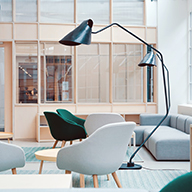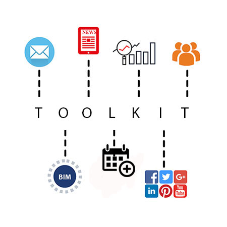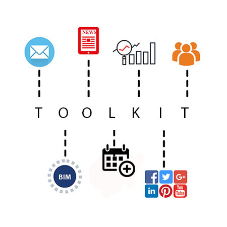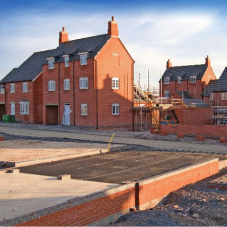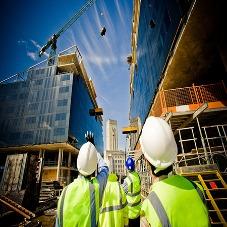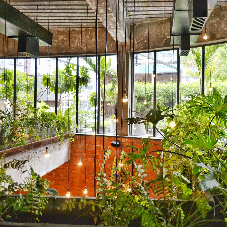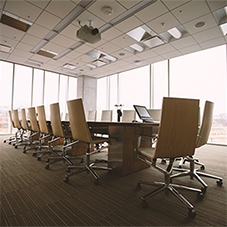The UK commercial washrooms market is estimated to be have increased by 10% between 2015 and 2016, according to a report by AMA Research.
This growth is largely due to a strong performance across several key sectors of the non-domestic construction industry including entertainment, offices, education and health. It’s expected that the value of the commercial washrooms market will continue to rise, initially influenced by the rising cost of imports, given the weakness of sterling, and a stronger economic climate towards the end of the forecast period.
By product sector, washroom panel systems represent the largest category, accounting for around 40% of the commercial washrooms systems market value. Sanitaryware also account for a significant share, while overall sales of brassware, showers/mixers and baths are lower in value terms.
It’s estimated that just under three quarters of commercial washroom products are distributed via trade channels. Direct sales to end users and dedicated online channels represent the remainder, with internet sales seeing stronger than average growth in recent years. Branded goods from leading manufacturers continue to perform strongly and are used within the commercial washrooms market as a perceived endorsement of quality, particularly in premises such as hotel chains and corporate premises. However, non-branded OEM products remain a cost effective option at the more price conscious end of the market.
In terms of trends, streamlined contemporary designs remain popular, driven by aesthetics, ease of cleaning and perceived improvements to hygiene. Safety is also a key consideration within the washroom sector, with products such as floor level showers, non-slip surfaces and low-level door sills seeing growth. Natural finishes incorporating real stone or wood are popular. More authentic and expensive materials tend to be used in the private corporate or upmarket hotel sector, where budgets allow.
In the commercial brassware and showers/mixers sectors, the need to conserve water has been a key feature in product design for a while, resulting in sensor activated taps and precision targeting of flow. Mixer taps continue to gain popularity and thermostatic controls have become the safety standard to prevent scalding, while thermostatically controlled mixers are now more mainstream in the shower sector.
Smart technology and digital features, including touch free controls, movement sensors, automatic flushing and regulated temperature controls, have become more prevalent in the design of modern washrooms.
There is also a trend towards specifying complete washroom solutions, encompassing all elements from ‘concept to completion’ in one integrated scheme for schools, offices and hospitals, for example. A requirement for quick installation has supported the wider use of pre-fabricated panels and systems, while shower and bathroom pods are widely used in the budget hotel and student accommodation sectors.
The commercial washrooms market is expected to grow by a further 15% between 2017 and 2021, representing lower annual growth rates than in 2015/16. Growth will be supported by rising prices and underlying demand in sectors such as health and education, particularly for RMI work, with the outlook more positive towards the end of the forecast period, when the economic and political situation is expected to be more stable.

What do you think? Join the conversation on our Linkedin page!
Related Blog Articles




